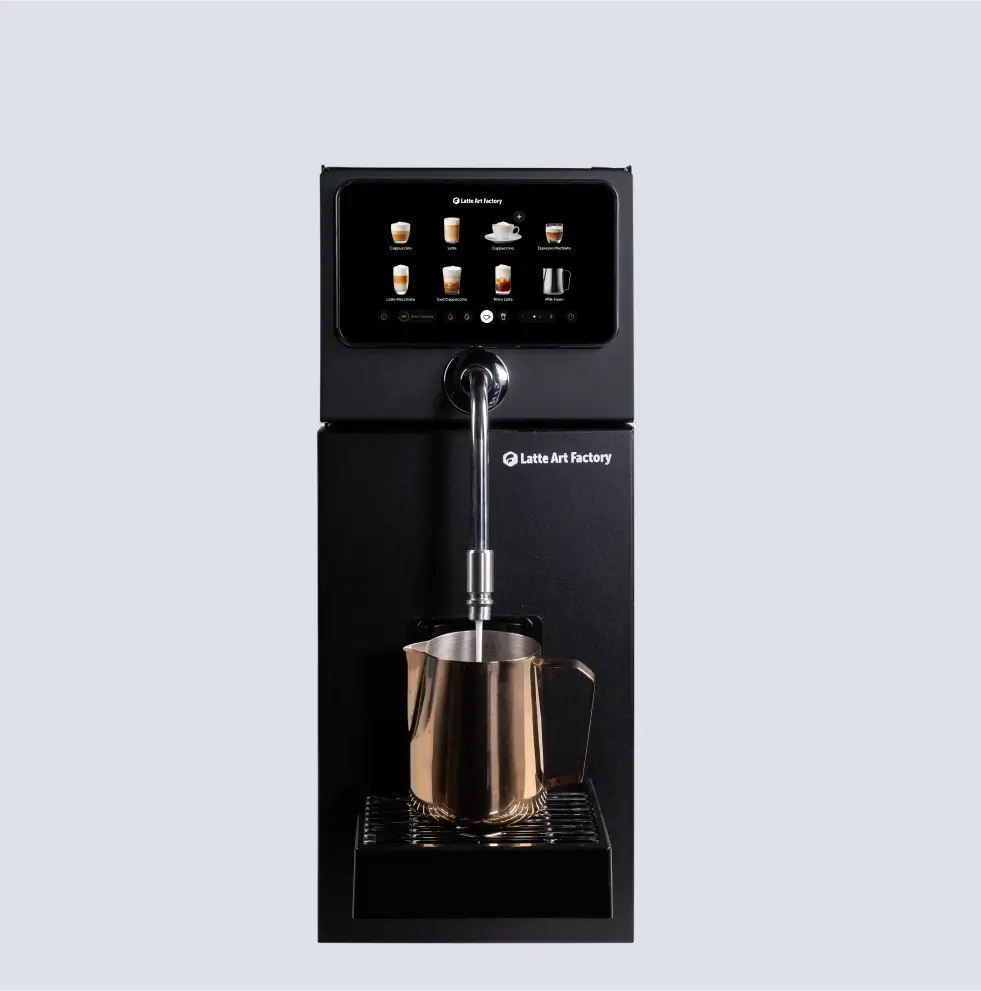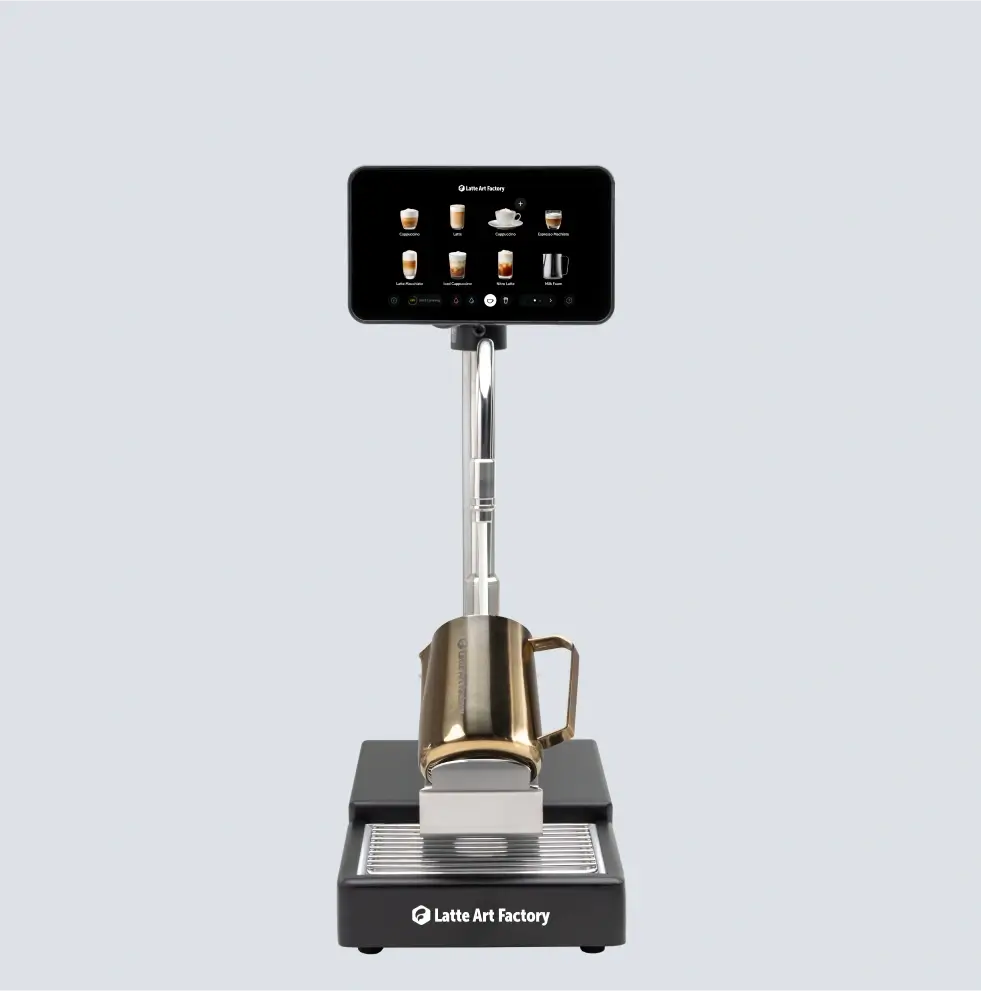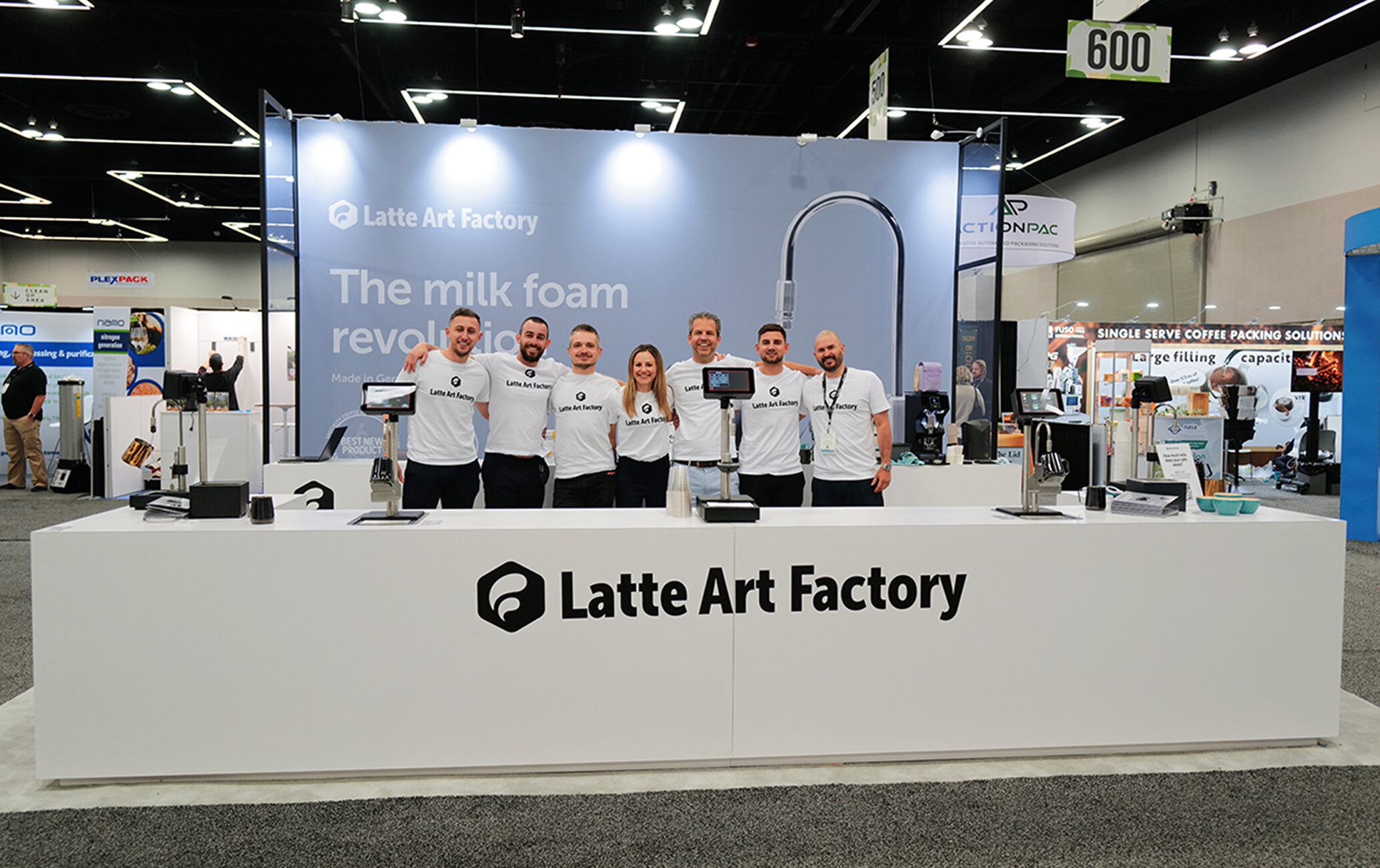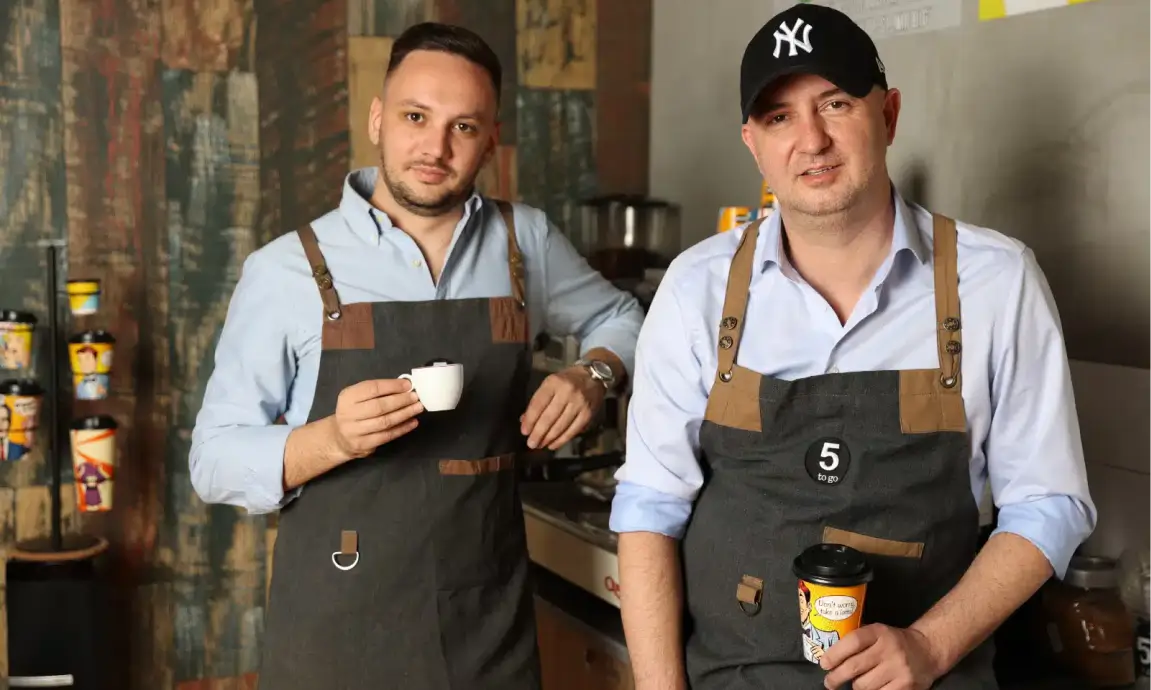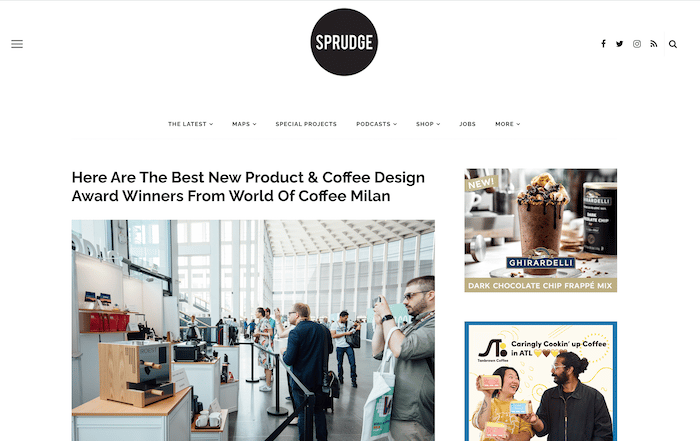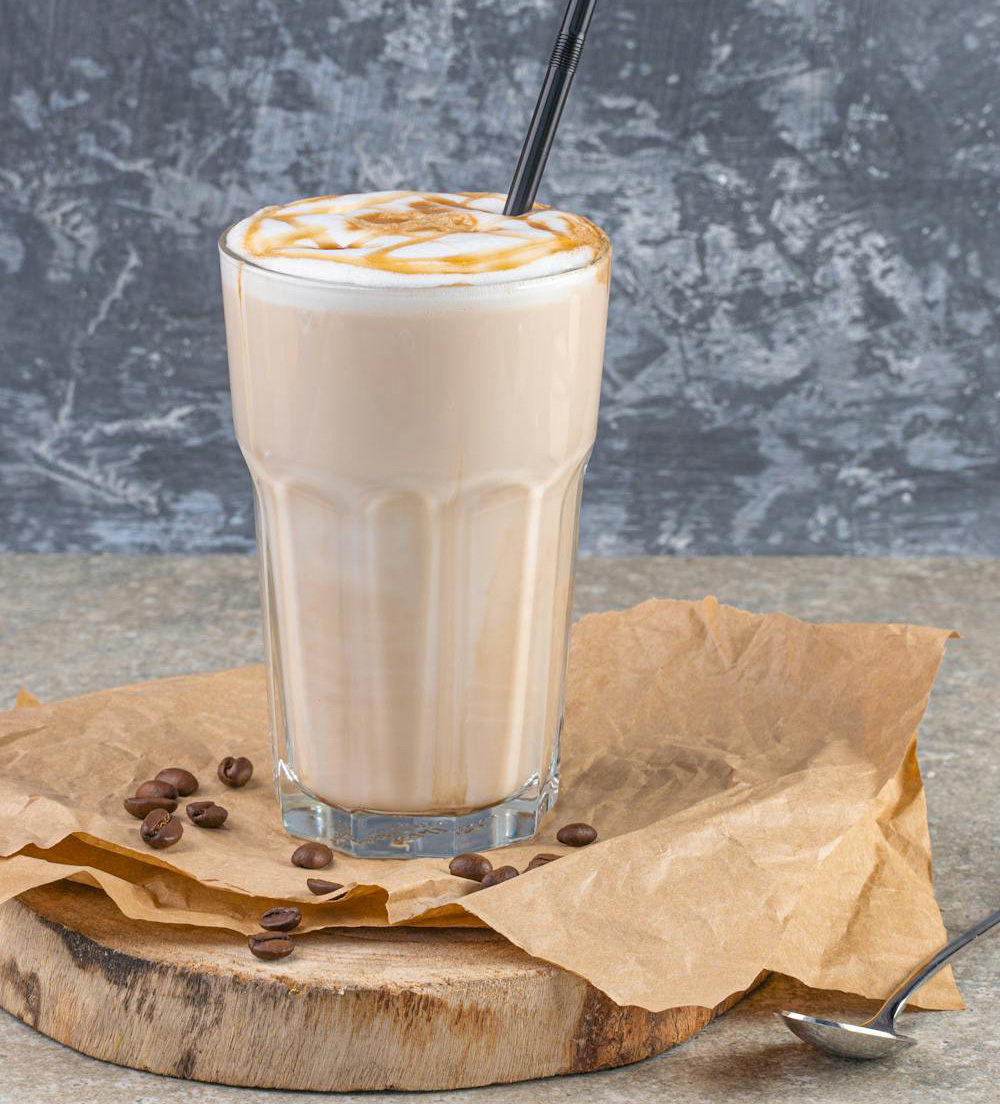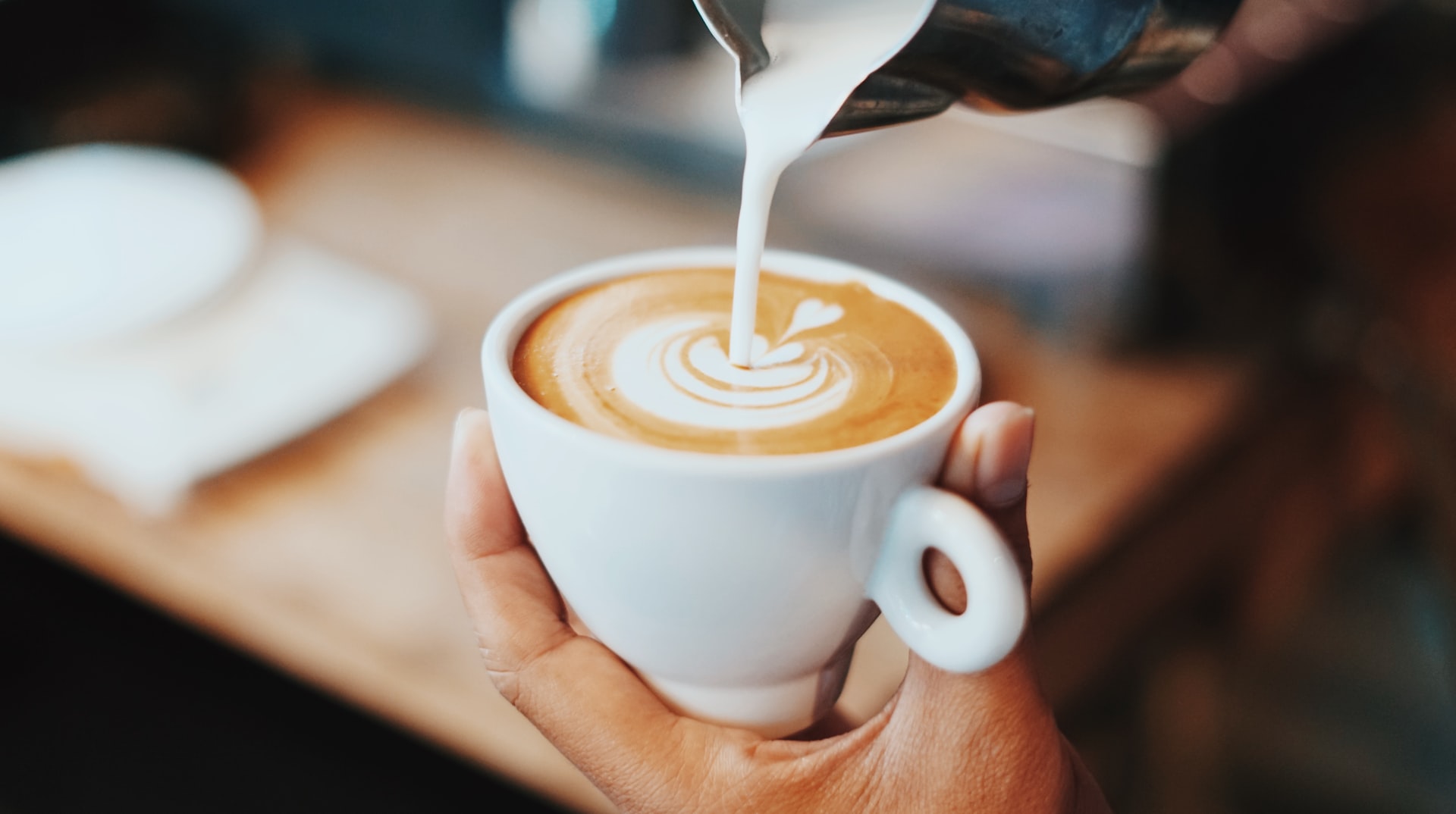The 10 Most Popular Milk Coffee Drinks
These days, most cafés have abundant menus, brimming over with mouth-watering
milk coffee drinks made using commercial coffee machines. This comes as no
surprise.
Over the years, the coffee industry has boomed. Statistics tell us that more
than 20 billion pounds in weight of coffee is produced every year across the
globe – that equates to around $55 billion! This means that the focus is very
much on having the right equipment to deliver customers with the best quality
coffee drinks.
The history of milk coffee
Coffee has come a long way from its origins in 15th century Arabia when it was
enjoyed black and strong. Of course, while black coffee has always had its
place and Espresso is still a global favourite, we can thank the Capuchin
friars in the 1600’s for the name of the drink that’s still so popular today.
The Capuchin friars were responsible for “Cappuccino” due to their robes
resembling a coffee drink with frothy milk on top.
There are lots of different variations of the story, some people say that one
of the monks actually drank a bitter black coffee and added frothy cream on
top to change the flavour. At the same time, other countries were also
starting to add milk to their coffee but it didn’t have that “frothy” texture
created by blending air with milk (which was done by hand).

The milk coffee revolution today
It’s fair to say that over the past forty years, there’s been a revolution in
the coffee industry. While at home, people added milk to their coffee and
coffee with milk was available in restaurants, the start of “novelty” coffee
drinks was in the 1980’s. The Latte, created in the USA, immediately gained a
cult following as did the Café au Lait in Europe.
It wasn’t just a case of adding milk to coffee. There was much more to
creating fabulous flavour and texture. Much of that was in preparing the
frothiness, but commercial milk steamers weren’t available yet, and the work
was done by hand with a steam wand. Even nowadays, much milk frothing is done
by hand using a steam wand, which takes time.
Frothing milk by hand is labor-intensive
Today, when you Google the top coffee drinks, there’s a common theme. The
types that consistently make the top ten include the Latte, Cappuccino,
Macchiato, Americano and Flat White, followed by Espresso. In the hospitality
industry, to get these drinks perfected quickly, commercial milk frother
machines are essential, especially as frothing by hand is labour-intensive.
Demand for commercial milk frothers is soaring
With quite a few statistics available, demand for coffee drinks with milk is
on the rise, which means that demand for
professional milk frothers
is also soaring. In some countries, coffee drinks with milk amount to 60% or
more of coffee drinks sold. In Australia, almost 70% of all coffees bought by
consumers are Lattes, Flat Whites etc.

Coffee drinkers in the UK are more likely to opt for a milk based coffee
drink than an Espressoand according to this,
Americans drank over 67 million Lattes during the period 2017-2018.All of these facts mean that hospitality owners are better equipped with
commercial milk frothers rather than managing with manual steaming wands.
Professional equipment speeds up and delivers orders far quicker than
hand-frothing. In fact, the
Latte Art Factory
automatic milk frother can dispense up to 1.5 liters (1.5 quarts) of latte art
ready milk in 60 seconds!
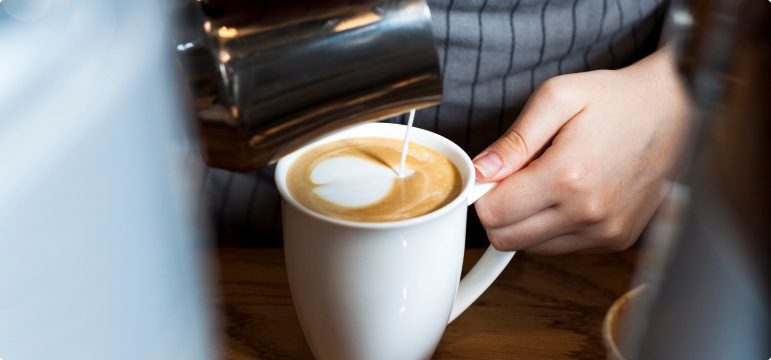
10 most popular coffee drinks with milk
It’s worth mentioning that milk coffee drinks are more profitable for cafes,
hotels and restaurants because they have higher margins, but what are the most
popular milk based coffee drinks?
- Caffe Latte: Espresso coffee drink with steamed milk.
-
Caffe Mocha: This drink is made with chocolate, whipped
cream, Espresso and steamed milk. -
Café au Lait: The French favourite is made with dark coffee
and warm milk. -
Cappuccino: This popular coffee drink is Espresso with a
little milky foam on top -
Macchiato: Like a Caffe Latte but smaller and stronger,
this is made with Espresso and a dash of milky foam - Flat White:A double Espresso with a dash of milk
-
Frappe:This is iced coffee made with Espresso, milk and
ice. - Iced Latte: Like a latte but made with ice.
- Iced Mocha: Like a Mocha but made with ice.
-
Latte Macchiato:This is prepared like a traditional Caffe
Latte but with thicker foam on top.
Of course, there are many more, this list is not exhaustive!
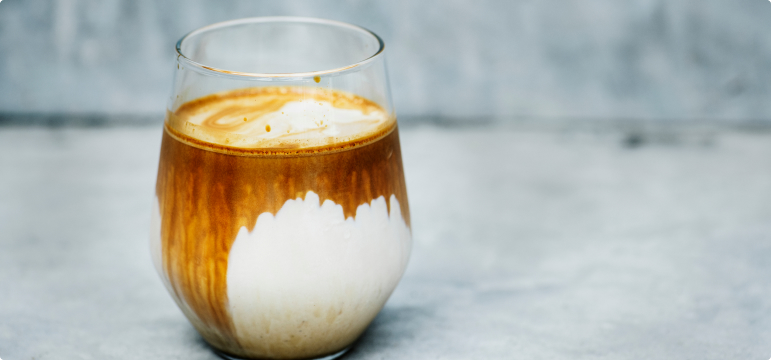
Why people love milk based coffee drinks
So, what’s the story surrounding these milk coffee drinks that makes them so
appealing? Well, there are many reasons. Not only do they look appealing,
there’s something intensely comforting and soothing when it comes to a
generous helping of fluffy foam sitting on top. There’s some science attached
to that. Milk is a mood enhancer, containing tryptophan, an amino acid which
helps to trigger melatonin, so it’s calming. Plus, the calcium content in milk
can help to boost spirits.
Then of course, lots of people don’t like the intense, strong and bitter
flavour of Espresso. They want something that dilutes the flavour, making it
sweeter and smoother. Additionally, drinking double Espressos all day makes
you feel very jittery! A milk-based coffee is lighter, more “delicate” in its
flavour and delightfully frothy in texture.
The 3 components of milk that transform coffee
Milk has three essential components that add smoothness. Those components are
fat, sugar (from lactose) and
proteins. Combined, those components enhance the flavour and
produce a different type of aroma too. The lactose in milk breaks down into a
sweet flavour when it’s heated up and the protein in milk binds together with
the fat to give it a silky looking texture.
The art of perfect milk foam
There is an art to perfectly heating milk to get the right flavour and texture
in coffee and there are many views on the right temperature for frothy milk.
Some believe that 70 degrees Celsius is best, others swearing by 65 degrees
Celsius. A quality commercial milk steamer with a “frothing function” should
achieve the optimum temperature and add air to milk, heating up molecules
(these molecules help to create the foamy appearance when blended with air),
making it look thick and fluffy.
Iced coffee drinks with cold foam
Then there are cold coffee drinks with frothy cold milk. These modern milky
coffee drinks cannot be prepared by hand-frothing (manually with a steam
wand). This milk preparation is known as “cold foam” and requires a
commercial milk frother. Cold foam is used in iced coffee drinks – such as an Iced Latte, for
example (check out the new creation “White Hill” for example).
How to froth plant-based milk alternatives
The right equipment is essential for non-milk drinkers who still like a frothy
coffee. There are plenty of people who are lactose intolerant or vegan, and
there are a number of non-dairy alternatives. While a quality coffee machine
is essential, an experienced barista will know how to froth alternative milks
to stop them curdling as they may react differently to dairy milk. Plant milks
include nut milks (almond, cashew, coconut), oat milk or soy. These types of
drinks need high quality professional milk foamers that can cope with
different temperatures and textures.
Having the right
milk frothing machine
for coffee shops is really important, especially during busy periods. There’s
simply no need to waste valuable time hand-frothing anymore. Investing in the
right
milk frothing machine
guarantees that you deliver beverages to perfection very quickly. So, get
ahead of the crowd. Once you’ve captured a customer, you don’t want to risk
losing them to another vendor!
Learn more about the
Latte Art Factory
commercial milk frother orcontact ustoday to purchase this 3x SCA award-winning machine foryour café!
